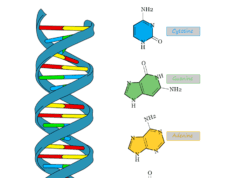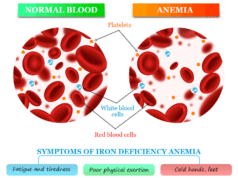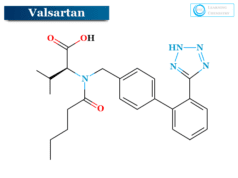Propranolol Medicine
Propranolol (sold under different brand names) is the most used medicine for the prevention or treatment of high blood pressure, irregular heart rate, anxiety, hemangioma, and migraine headaches. The common brand names of propranolol are Inderal, Bedranol, Hemangeol, Beta-prograne, and Half Beta-prograne. It is a nonselective beta blocker medicine that has equal affinity for β1 and β2 receptors. It is a white powder or almost white powder soluble in water and ethanol. Propranolol is a list of essential medicines approved by the World Health Organization and available in generic medication. Most people in the world do not feel any side effects after uses a propranolol dosage. If you get any side effects after taking the propranolol dose immediately consult your doctor or pharmacist. Dizziness, nausea, abdominal pain, and constipation are the common side effects of propranolol.
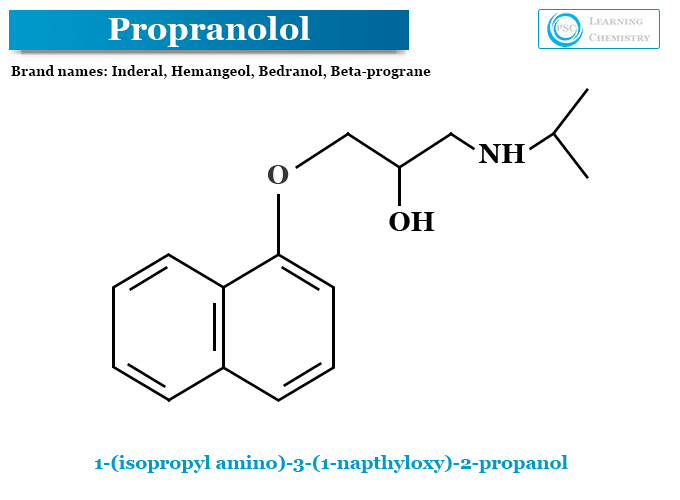
After taking the very first dosage of propranolol, you may feel dizzy. Therefore, most people take it at bedtime but if you do not feel dizzy, you can take it in the morning.
It has short-acting and long-acting versions. The effect of propranolol tablets and capsules is observed within 60 to 90 minutes after taking the medicine in the mouth.
Propranolol Uses
Currently, propranolol is used for the treatment or prevention of
- High blood pressure (hypertension)
- Performance anxiety
- Migraine headache
- Angina Pectoris (chest pain)
- Heart attacks and strokes
- Irregular heartbeat (arrhythmia) like atrial fibrillation
Propranolol for Blood Pressure
High blood pressure or hypertension is a common health problem in the world. Therefore, the use of medications that can reduce hypertension is common in the world. Propranolol is the most common medication that can reduce high blood pressure or hypertension in many people.
It can work by relaxing the blood vessels of our body. Relaxing blood vessels can improve blood and oxygen flow from the vessel to the heart. Therefore, propranolol is used to slow down our heart rate. We also used verapamil for the treatment or prevention of high blood pressure.
Propranolol for Anxiety
Propranolol is an off-label medicine that helps to treat or prevent different types of anxiety such as performance anxiety or social anxiety. Sometimes musicians, public speakers, and students feel anxious before speeches at social events. The common symptoms for such types of anxiety or nervousness are dry mouth, faster heart rate, shakiness, and sweaty hands.
Generally, propranolol injection and oral tablets or capsules can control irregular heart rate or high blood pressure but many times it can be used to prevent anxiety. Technically, it is not an anti-anxiety medication but in many cases, doctors can prescribe propranolol for the treatment of anxiety.
Propranolol for Hemangiomas
Most infantile hemangiomas can be resolved without any treatment or medication but in many cases it needs attention. Doctors or medicians use propranolol oral solution for the treatment of proliferating infantile hemangioma.
It is FDA approved medicine that helps to reduce the complications caused by infantile hemangioma.
Always ask your doctors or medical professional before using propranolol for your baby.
Propranolol for Migraine Prevention
Propranolol medication is sometimes prescribed by doctors for the treatment or prevention of certain types of migraine headaches. It is developed mainly to treat high blood pressure, heart irregularity, and angina but it is also helpful for migraines. The way of work of such drugs for preventing migraines is still unknown. It is a beta blocker that may stabilize or dilate blood vessels in the brain to solve headache problems.
Migraine attacks are a common problem for many people in the world. When propranolol works, migraine attacks will be shorter, less intense, and less frequent. The effect of such medicine can be observed after taking it for several weeks.
Mechanism of Action of Propranolol
It is a beta-blocker antagonist. The mechanism of action of propranolol goes through the blocking of certain natural chemicals like epinephrine in your body. Such a mechanism reduces the strain on the heart and blood vessels. Therefore, it is used for reducing heart rate and lower arterial blood pressure.
How to Get Propranolol?
It is a useful medicine that helps to treat several health conditions. It is sold under different brand names like Bedranol, Beta-prograne, Half Beta-prograne, etc. Therefore, you can buy or get propranolol online or in medical shops with a suitable medical prescription.
It can be obtained by a reaction of α-naphthol and epichlorohydrin followed by a reaction with isopropylamine. The synthesis process of propranolol is given below,
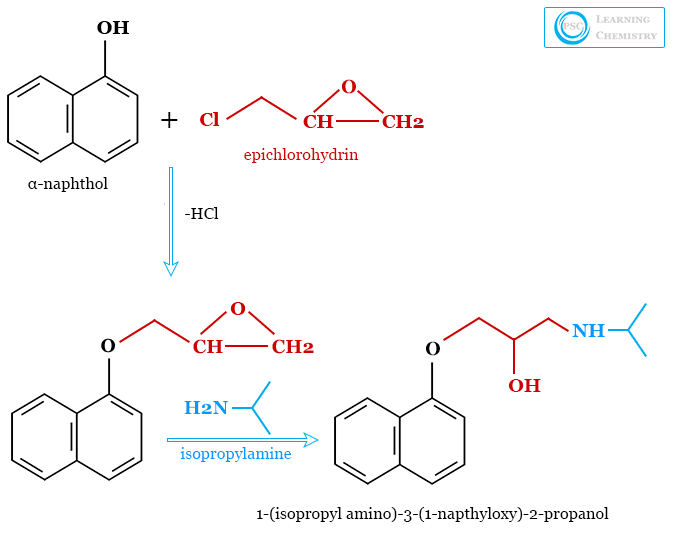
Propranolol Dosage
The dosage of propranolol is different for different health problems.
- The tablets and capsules sold by different brands come in the strength of 10mg, 40mg, 80mg, or 160mg.
- The liquid solutions are sold under the strength of 5mg, 10mg, 40mg, or 50mg in 5ml.
The common dosages of propranolol are given below,
High Blood Pressure (Hypertension)
- For immediate release, the starting dose for adults is 40 mg orally per 12 hours. If the starting dose is not enough to reduce your blood pressure, you may take 80 to 240 mg orally per 8 to 12 hours but not exceed 640 mg per day.
- For immediate release, the starting dose for geriatric is 40 mg orally per 12 hours initially. If the starting dose is not enough to reduce your blood pressure, you may take 80 to 240 mg orally per 8 to 12 hours but not exceed 640 mg per day.
- Most medications prescribed propranolol for adults and children aged over 12. However, it is not safe or officially approved for treating high blood pressure in children under 12 years old. Therefore, you should consult your doctor or pharmacist before starting a pediatric dose.
Migraine Headache
The starting dose is 80 mg per day orally divided every 6 to 8 hours. It may be increased after consulting your doctor or pharmacist for safe use.
You can withdraw or increase the dose of the medicine if you do not observe satisfactory results after six weeks.
Angina
80 to 320 mg per day orally divided every 6 to 12 hours depending on the age, weight, and medical conditions of the patient. You always ask your doctors for the treatment of angina or chest pain by propranolol.
Esophageal Variceal Bleeding (off-label)
20 to 180 mg orally per 12 hours. Adjust to the maximum dose after consulting your doctor or medical professional.
Supraventricular Arrhythmia
| Dosage | Tablets or capsules | Injection |
| Adult | 10 to 30 mg tablets or capsules are given per 6 to 8 hours | Intravenously 1 to 3 mg injection given initially and repeat after 2 to 5 minutes of a maximum dose of 5 mg |
| Pediatric (off-label) | The usual range of oral dose is 2 to 6 mg/kg per day but not to exceed 16 mg/kg per day. | Intravenously 0.01 to 0.1 mg/kg over 10 minutes. Repeated after 6 to 8 hours if needed but not to exceed 1 mg for infants or 3 mg for children. |
| Geriatric | 10 mg per 6 to 8 hours or maybe increased after consulting your doctor | Intravenously 1 to 3 mg initially and repeat after 2 to 5 minutes of a total dose of 5 mg |
Infantile Hemangiomas
The starting dose of infantile hemangiomas for babies aged between 5 weeks to 5 months is 0.6 mg per/kg or 0.15 mL/kg orally twice daily over 1 week. After 2 more weeks, the dose may be increased to 1.1 mg/kg or 0.3 mL/kg twice daily after diagnosis by your baby by your doctor.
Propranolol Side Effects
Most people in the world do not observe any side effects after propranolol medication. Many people observed nausea, abdominal pain, and constipation after taking propranolol tablets, capsules, or injections.
Common side effects or health problems observed after taking propranolol may include,
- Slow heart rate, lowering blood pressure, and trouble breathing.
- Fatigue, feeling dizzy or tired.
- Cold hands or feet.
- Stuffy nose, cough, sore throat.
- High or low blood sugar.
- Depression, confusion, psychotic disorder, and difficulties in sleeping.
- Stomach cramps, nausea, vomiting.
- Increasing the levels of fat and potassium in the blood.
Propranolol should be worked by lowering our heart pulse. Therefore, it should not be used for people who suffer from slow heart rate or any other heart problem
It also does not prescribe for patients who have liver or kidney problems.
It may be harming your baby during pregnancy or breastfeeding. Propranolol dosage may not affect your baby during breastfeeding because it is a non-selective beta blocker medication.

